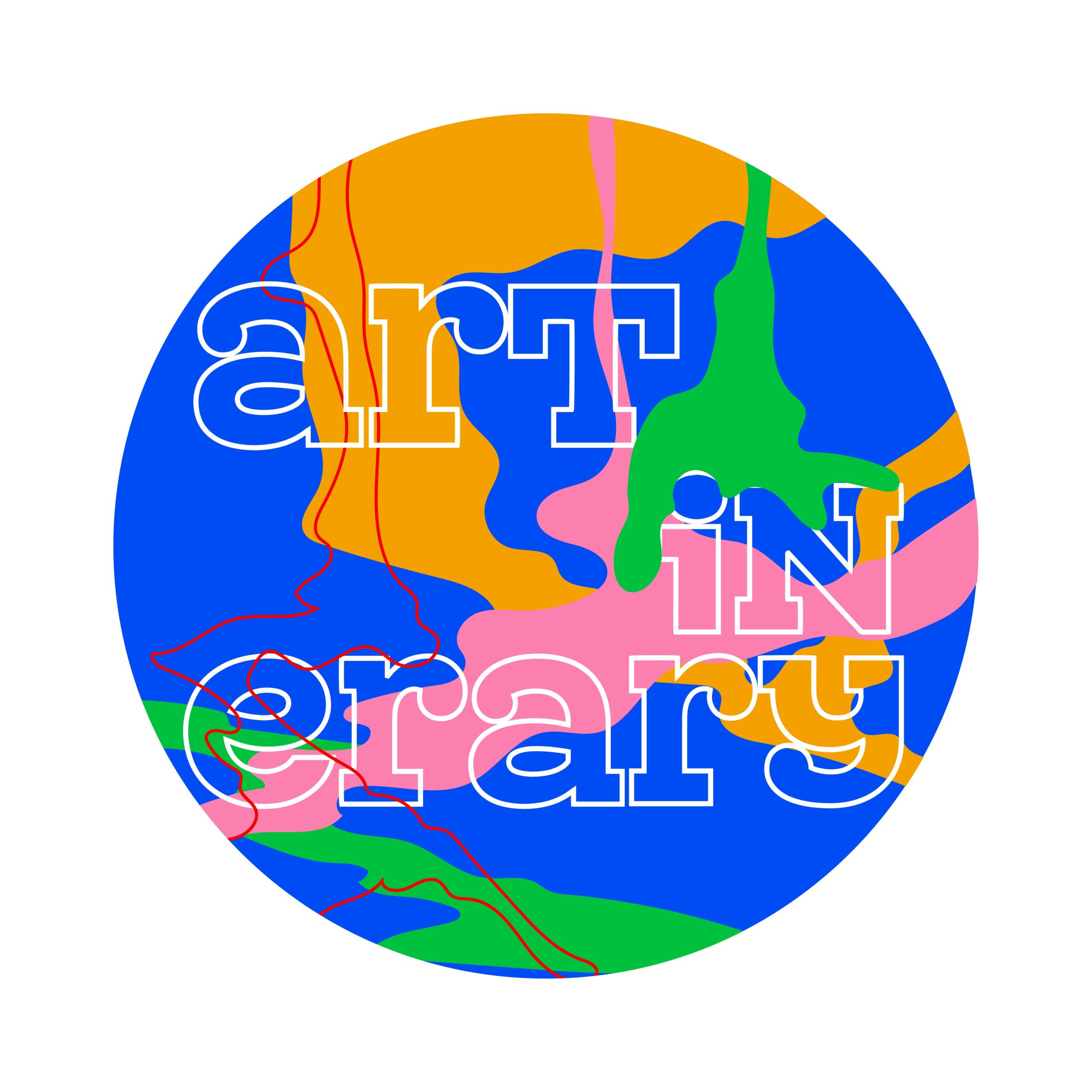
As I watch almost everybody around me fall in thrall of the seemingly “infinite” possibilities of AI and how “easy” it makes to do, well, practically anything, I wait (with diminishing hope) that this latest technological wonder is going to magically trigger a new era in human creativity—an ontological turn-around akin to the Renaissance, the Enlightenment, or the Industrial Revolution. It has happened before, of course. When the printing press and photography were invented, these technologies facilitated unprecedented intellectual revivals that fundamentally transformed the nature of art. Now when AI is rapidly replacing a whole gamut of skills and functions previously dependent on human labor and thinking, a similar shift seems inevitable. And yet, today’s artistic landscape feels increasingly flat—a thinning spectacle of recycled forms and familiar idioms. No matter how flashy or intricate, much of the art from the past two decades is like an echo of roads well-travelled, either trying to mask its derivative origins, or bureaucratically checking boxes of civic responsibility.
Perhaps, as many have argued, this plateau is a transitional phase—artists still finding their footing on the way toward this new “Renaissance”. Or maybe we’re just not looking in the right places. If this “second coming” is to happen at all, I believe it won’t emerge from grand museums, blue-chip galleries, elite biennales, or overpriced art fairs. These so-called “centers” of artistic production have long become self-replicating systems, fundamentally unable to challenge the status quo or offer radical alternatives to the logic of late capitalism.
The “new” ecology of art—if it’s to be meaningful—must emerge from places of necessity and urgency. It will be art that exists because it has to, because there’s no other cultural or political conduit in a time of crisis. That’s why places like Armenia matter—where art still, miraculously, evolves outside fixed systems, driven by the raw need to make sense of reality’s dread and imagine ways through it. Though Armenia’s art scene hasn’t yet reached revolutionary momentum, there’s hope that a new generation will seize this tense historical moment and realize its transformative potential.
EXHIBITION
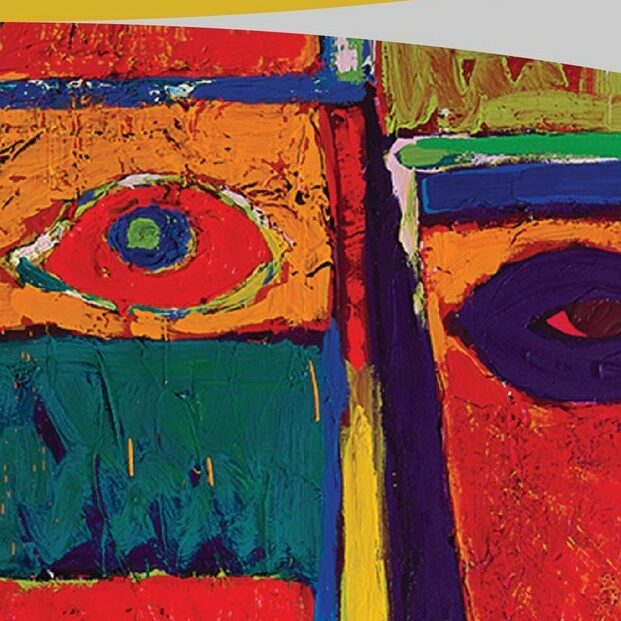
Transcendence has long been a cornerstone of Armenian art—classical, modern and contemporary. Whether shaped by Christian doctrine, centuries of oppression, the insularity of national borders, or the influence of a mountainous landscape, the impulse to rise above socio-cultural realities remains a persistent undercurrent. Since the 1990s, painter Narek Avetisyan has pursued this fading spiritual thread in contemporary art, seeking it through all manner of tactile engagements with the canvas.
In De Profundis, his latest project at the HayArt Centre, Avetisyan begins with the image of Christ to probe the postmodern condition, where distinctions between the real and the simulated, the sacred and the hollow, have blurred. By juxtaposing technologically reproduced and manipulated images with large-scale, expressively rendered modernist paintings of the same subject, he draws on a wide range of philosophical and aesthetic concepts to interrogate the erosion of subjectivity, truth and moral certainty.
The quest to recover the divine kernel of human essence is entirely reasonable in times of extreme ontological volatility when everything seems to be reduced to pale and meaningless simulacrums of authentic experiences and forms. Yet the assumption that technology inherently forecloses access to spiritual or metaphysical states is itself problematic. After all, the drive behind technological advancement is often a desire for transformation, or for transcendence, not unlike the pursuit of divine insight. This tension is one of the many layers in a show dense with intellectual enquiries—a rare sight in today’s surface-driven cultural landscape.
Exhibition: “De Profundis”, Narek Avetisyan
Where: HayArt Centre
7a Mashtots Ave., Yerevan
Dates: April 12-June 12
•
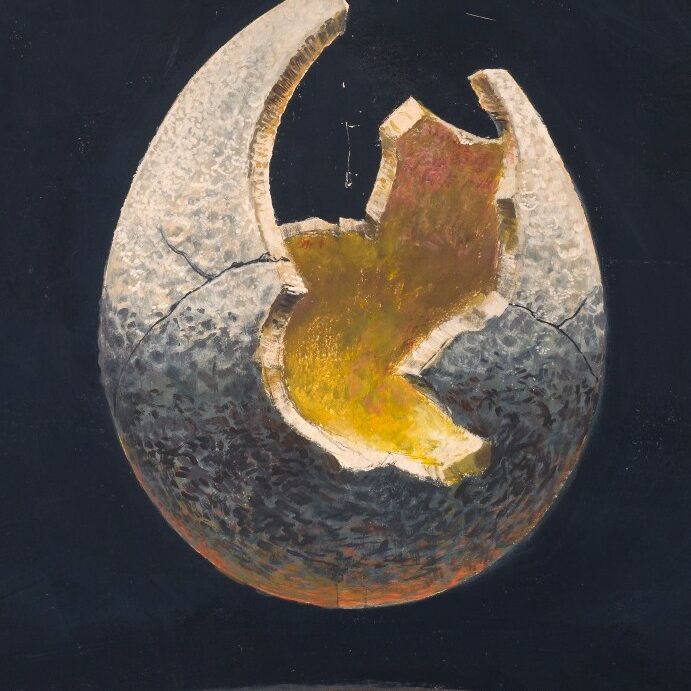
The pursuit for higher meaning doesn’t get any more feverish than in the art of Valentin Podpomogov, a venerated Armenian-Ukrainian multi-disciplinary artist of many talents, whose small retrospective is being held at the Cafesjian Centre for the Arts. Having developed an impressive career in animation, cinema and urban design between the 1940s-1970s, Podpomogov eventually turned to easel painting in the last decades of his life. Focusing on religious, national and metaphysical subjects, his quasi-surrealist images became instantaneously popular due to their uncanny, hyperreal style, which blends the narrational qualities of academic art with the mysticism of icon paintings. In many ways, Podpomogov’s art signals the specifically “Armenian” turn in post-modern visual culture with its critique of the modernist paradigm rooted in renewed investment in national mythologies, ethno-folklore and faith. The Cafesjian exhibition explores precisely this trajectory by focusing on Podpomogov’s allegories of spiritual transcendence and earthly declines. Regardless of how one views the artist’s pointed, almost poster-like moralism, it is hard to deny the fact that he managed to capture the troubled spirit of his transitional times with more precision than most of his contemporaries.
Exhibition: “Dreams About Life and Death”, Valentin Podpomogov
Where: Cafesjian Center
10 Tamanyan St., Yerevan
Dates: April 18-June 26
•

The name Herman Vahramian may not be widely known, which is a pity. Born in Tehran, Vahramian later moved to Italy to study architecture and art, eventually becoming a prominent intellectual figure within the Armenian diaspora in Europe. His tireless work in researching, publishing, and promoting Armenian cultural history made a significant impact on its visibility in European academic circles and played a key role in fostering Italo-Armenian cultural ties.
Equally noteworthy is Vahramian’s extensive work as a graphic designer. From the 1970s through the 1990s, he produced a wide array of book and magazine covers, posters, and standalone graphic pieces that elegantly merge Eastern calligraphic traditions with the clean forms of abstract minimalism. A selection of these striking red, white, and black compositions is currently on view at AHA Gallery, marking what is effectively Vahramian’s first major solo exhibition in Armenia.
The history of 20th-century Armenian graphic design remains largely underexplored, which makes any exhibition in this area a rare and welcome event—especially when it highlights artists of Vahramian’s remarkable calibre.
Exhibition: “Solo Exhibition”, Herman Vahramian
Where: AHA Collective
31 Moskovyan St., Yerevan
Dates: April 19-July 19
•
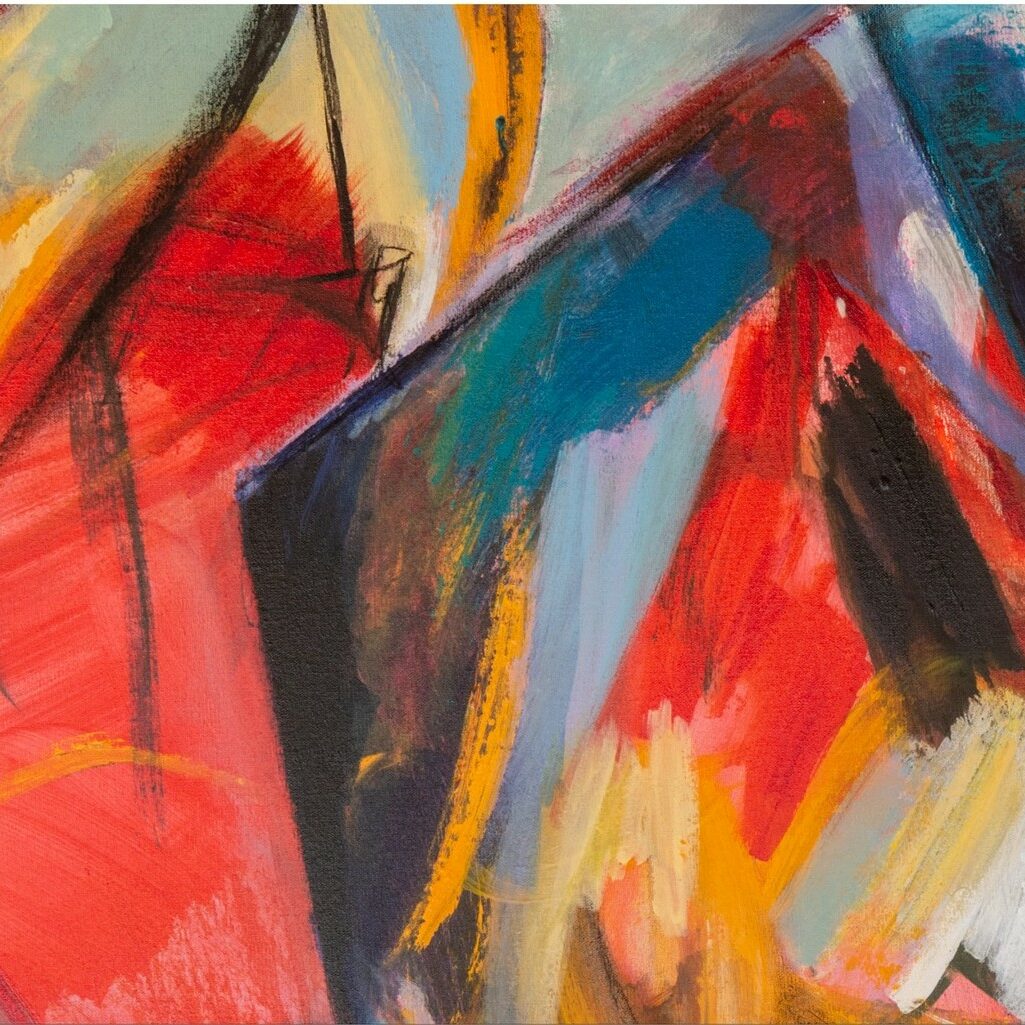
The death of abstract painting has been pronounced time and again since the 1960s, but the form simply refuses to go away. Nelly Yedigaryan is a mid-career artist who began experimenting with non-objective styles in the early 1990s, when abstraction was just becoming accepted in Armenia as a valid language of visual arts. Many of the artists of Yedigaryan’s generation sought inspiration in earlier, avant-garde trajectories and her paintings are evidently rooted in the classical traditions of abstractionism that go back to Wassily Kandinsky’s theories of art’s transcendental power. While Yedigaryan travels in overly familiar territory, the elegant paintings shown at her solo exhibition in Aslamazyan Sisters Gallery confidently articulate an individual and cohesive sensibility, while displaying a real mastery of composition and color. The lyrical nuances of her thinly painted canvases sometimes even evoke distinct and—unlike so many other similar artists—unforced musical associations, which have a genuine emotional pull.
Exhibition: “Identification”, Nelly Yedigaryan
Where: Mariam And Yeranuhi Aslamazyan Sisters Gallery
232 Abovyan St., Gyumri
Dates: Open from April 6
•
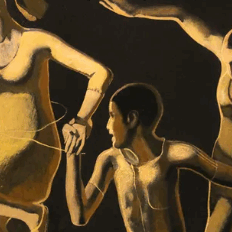
Those with a taste for palatable artistic conventions should find plenty to admire in Arthur Hovhannisyan’s solo exhibition Between Periods, which traces the artist’s career over the past decade. A successful Yerevan-based painter, Hovhannisyan practices a narrative-driven, figurative style that remains closely tied to classical and academic traditions. It’s the type of formula that usually falters if served straight-up, without any of the deconstructive and self-reflexive crutches used in contemporary art. But Hovhannisyan has an undeniable knack for relating the specificities of mood, environment and his own historical period with great visual precision that makes his paintings so captivating for the general public. The artist is at his best when depicting the pulse of the present in his melancholically framed views of city dwellers struggling to maintain their humanity in the urban jungle. Less convincing are Hovhannisyan’s forays into allegorical realms with their broadly universal themes that seem overwhelmed with a nostalgia for the post-impressionists. Still, Hovhannisyan’s distinct style has enough inner dramaticism and visual allure to make the viewer momentarily forget that painting has long since moved beyond purely emotive and representational tasks.
Exhibition: “Between Periods”, Arthur Hovhannisyan
Where: Artists’ Union of Armenia
16 Abovyan St., Yerevan
Dates: May 2-13
•
FESTIVALS
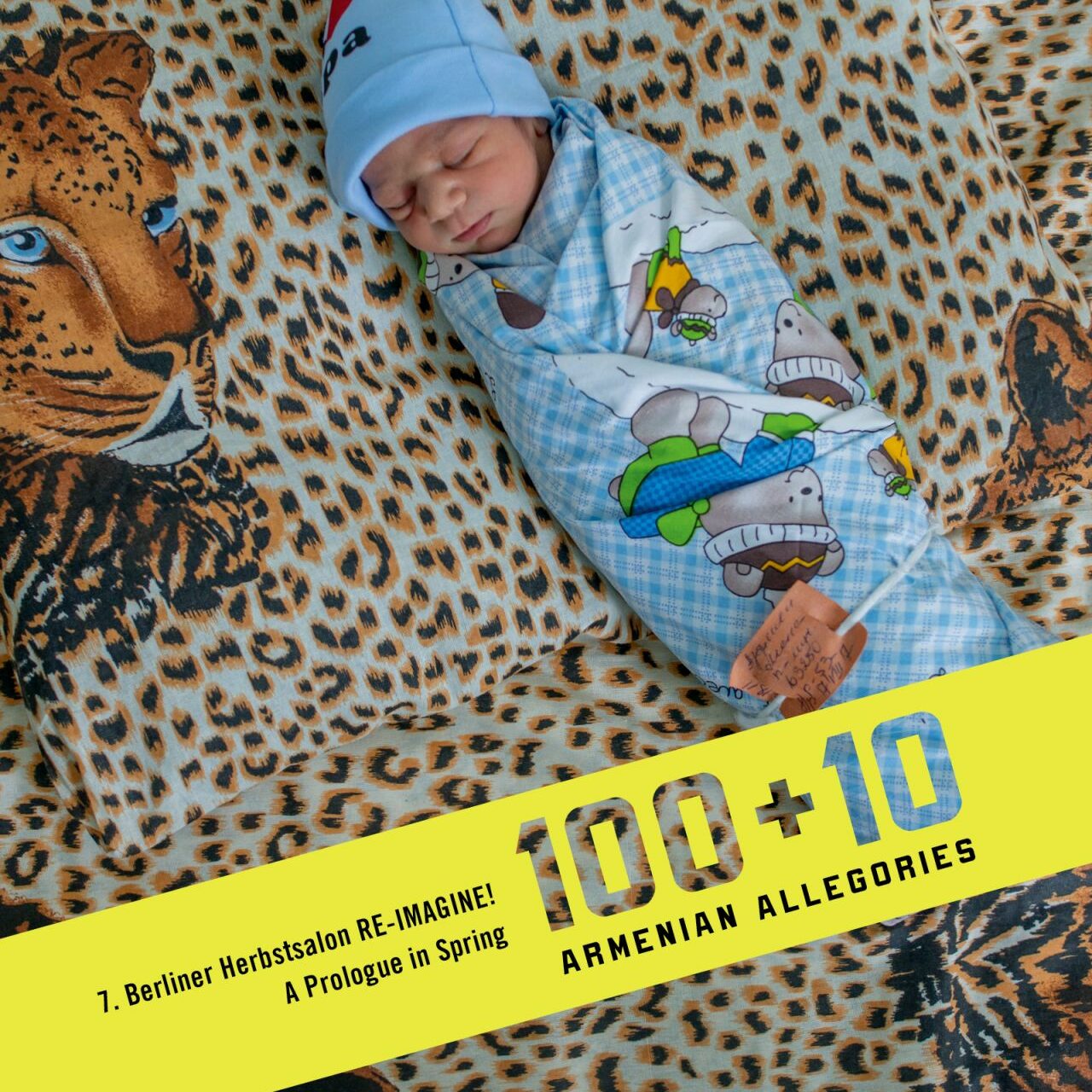
Although this event is taking place not in Armenia but in Germany, its significance more than warrants inclusion in our digest. 100+10: Armenian Allegories is arguably the most expansive showcase of Armenian contemporary art and culture in Berlin since 2015. The festival is the brainchild of Shermin Langhoff, the courageous director of the Maxim Gorki Theatre, and is a sweeping survey of the decade following the centenary of the 1915 Genocide—a period marked by profound historical turbulence.
Spanning theatre, visual arts, literature, film and music, the month-long program features contributions from over 150 artists from Armenia and the diaspora. At its core are newly commissioned performances by acclaimed directors such as Atom Egoyan and Roza Sarkisian. The festival places a powerful emphasis on the aftermath of the 2020 Nagorno-Karabakh war and the loss of Artsakh—a wound that continues to shape the Armenian psyche at the moment.
Yet 100+10 is not a lamentation. Rather than offering a mournful tribute to collective trauma, it becomes an unbridled celebration of Armenian creative resilience. Through a rich and varied program, it opens multiple points of entry into the complexities of the post-war, post-genocide condition—showing how contemporary artists use their craft to process destruction while imagining more enduring, transformative futures.
As hinted by the title of the brilliant concert by Tigran Hamasyan, who rocked the theater with his fierce, genre-defying music on April 24, this is a project that sings in a thousand voices—a testament to Armenian culture’s unyielding determination to flourish and evolve.
Festival: “100+10: Armenian Allegories”
Where: Maxim Gorki Theater
Am Festungsgraben 2, Dorotheenstr. 3, 10117 Berlin, Germany
Dates: April 24-May 31
•

Marking its ten-year anniversary in 2025, Are Fest—the only performance art festival in the region—returns with a topical edition that looks at the ever-changing perceptions of reality in the era of the virtual. As always, curator Marine Karoyan has assembled an impressive line-up of multi-disciplinary artists from Armenia, the diaspora and Europe. While it is difficult to get a full idea of the included pieces from their brief descriptions, the titles alone—”The Sublime Art of Making an Ass Out of Yourself”, “Landscape in a Backpack”, “You’re Watching Me”, and so on—promise a confronting, but also playful exploration of the slippery nature of reality-making. Aside from the performances and installations themselves, there are also talks and workshops with the artists, which are highly recommended if you want a deeper insight into the cutting-edge discourses shaping contemporary art today.
Festival: “Are Fest”
Where: Multiple venues, see here
Dates: May 3-15
•
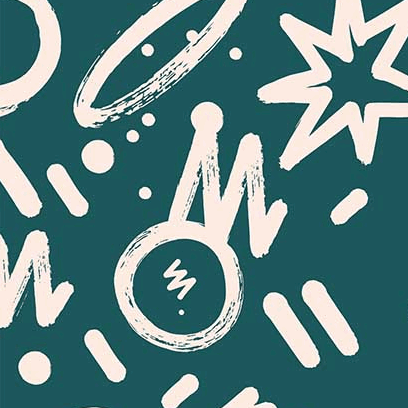
It’s been nearly three decades since the Armenian Center for Contemporary and Experimental Art (NPAK) organized its first Alternative Art Festival, showcasing some of the more radical and avant-garde works of the 1990s and 2000s. In recent years, however, it has become increasingly difficult to identify what exactly makes the works presented at the festival “alternative” or radical. Alternative to what, exactly, one might ask? There appears to be little clear political or conceptual positioning regarding what the festival is confronting or resisting: institutions, mass culture, traditional art forms, or the art market?
In the 1990s, the divide between state institutions and the independent art scene was sharply defined, lending a sense of urgency and defiance to unconventional artistic practices. Today, however, it’s common to see the same artists exhibiting across a wide range of platforms—from artist-run spaces and museums to corporate venues and social media. As a result, the festival’s stated aim to “question, reinterpret, and expand the limits of artistic expression” feels clouded by a certain vagueness of purpose and a placid familiarity.
Perhaps the festival’s diffused focus is simply a reflection of the broader, fragmented, and multipolar condition of the contemporary art world. Still, one hopes that festivals and biennales like this might work toward defining new collective imperatives and paradigms—ones capable of pointing the way toward more progressive social and cultural possibilities.
Festival: “Event Horizon” 29th Annual Festival of Alternative Art
Where: NPAK
Dates: April 12-May 23
•
FILMS
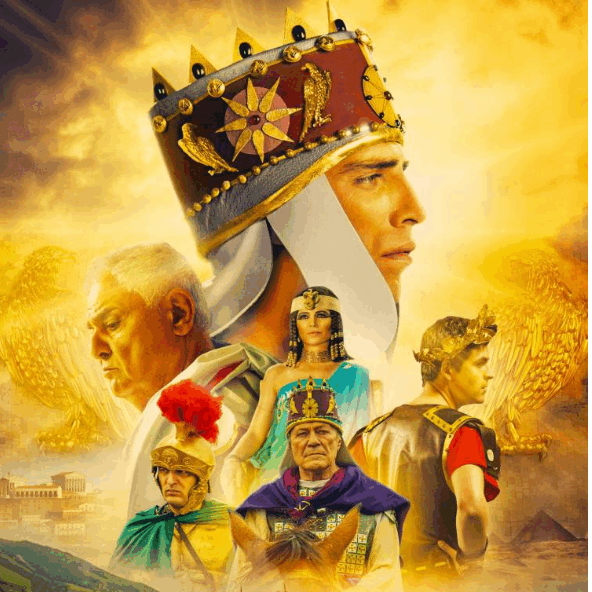
We’re living through a curious juncture in cinema history—a moment when the medium is, once again, undergoing radical transformation thanks to unprecedented advances in technology. In theory, this AI-driven evolution should usher in a new era of boundless creativity, flooding screens with bold, inventive, and original stories. Instead, what we’re witnessing is the opposite: a deluge of stale, formulaic, and depressingly mediocre byproducts of generative tools, indistinguishable from the glut of Marvel sequels and Hollywood reboots choking the cultural pipeline. The commercial film industry in Armenia is not sitting on the sidelines either. It has quietly dropped a strange new film on the cinema screens of Yerevan, which gives an early and very rough indication of what the future local “blockbusters” may look like. Directed by Vaga Vardanyan, the 55 minute Artavazd II: Between Rome and Parthia is a historical drama-documentary (?) that purports to depict one of the most intriguing pages of Armenian history. The trailer, however, looks like a dime store version of some insipid history channel program with horribly plastic backdrops and wooden actors that would give even Chat GPT nightmares. Evidently made with the help of image generative technology, this particular screen tale speaks more about the dangerously anesthetizing side-effects of these revolutionary tools, than the infinite possibilities they claim to offer.
Film: “Artavazd II: Between Rome and Parthia”
Where: All movie theaters
Dates: Screening now

